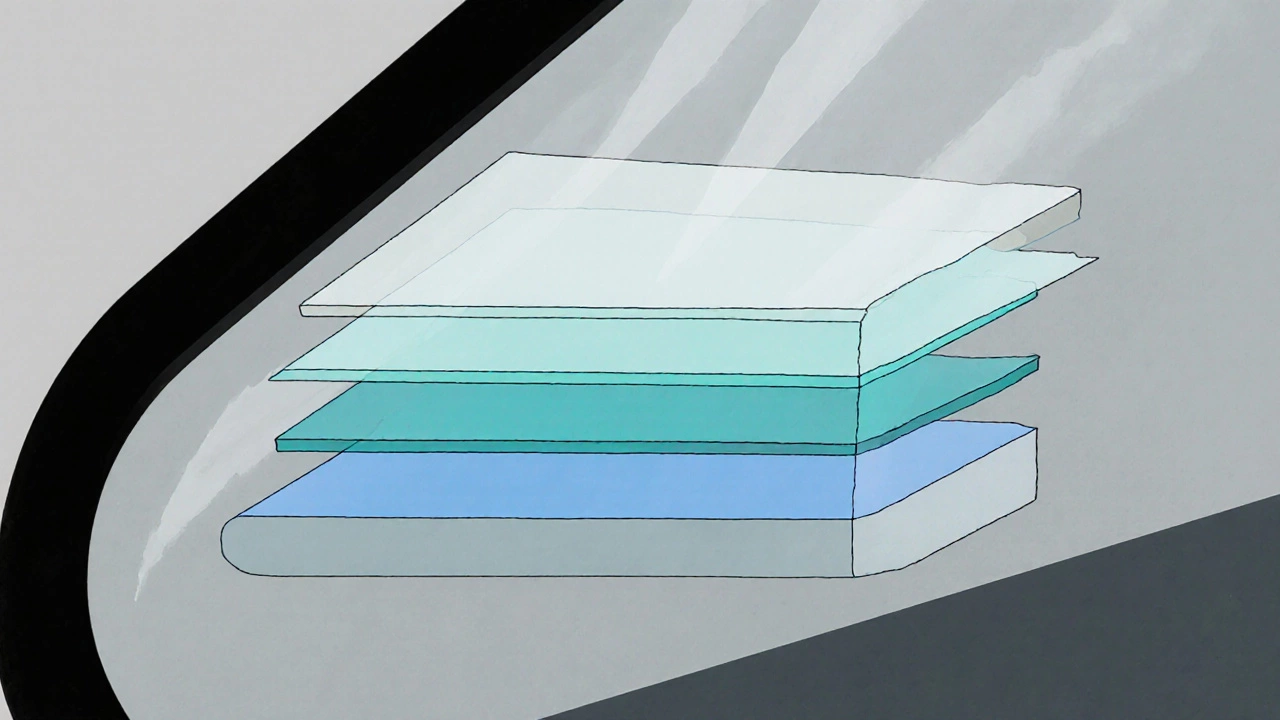When working with Tint Film Washing, the process of safely cleaning and maintaining vehicle window tint films. Also known as tint cleaning, it ensures the film stays clear, adheres properly, and retains its UV‑blocking benefits. Window Tint is a thin layer of dyed or metalized polyester that reduces glare and heat, while VLT, or Visible Light Transmission, measures how much light passes through the film. Understanding these two pieces helps you choose the right cleaning method: you want a solution that lifts dirt without eating away the tint’s pigments or compromising its VLT rating. In short, tint film washing isn’t just about looking good—it’s about preserving the film’s function and staying within the legal limits that vary by region.
The main goal of tint film washing is to remove grime, road salts, and bird droppings without scratching the delicate surface. This task requires gentle cleaning solutions, a soft microfiber cloth, and a spray bottle with diluted dish soap or a dedicated tint cleaner. Avoid ammonia‑based products; they break down the adhesive and can cause the film to peel. A common mistake is using a high‑pressure washer, which creates an impact force that can lift the edges of the film. Instead, use a low‑pressure spray and let the solution sit for a minute before wiping. Regular maintenance also helps you stay within legal tint limits. In many places, the law defines a maximum darkness level measured by VLT – for example, 35% in Queensland. If the film gets cloudy or bubbled from improper cleaning, it might appear darker, putting you at risk of a fine. Keeping the film clean therefore supports both performance and compliance.
Beyond the immediate cleaning steps, consider the broader context of automotive glass care. The glass itself can harbor mineral deposits that attract dirt to the tint. Using distilled water for the final rinse prevents hard‑water spots that would otherwise catch the eye. After drying, a quick buff with a clean, dry microfiber towel restores gloss and reduces static, which pulls dust back onto the film. Some enthusiasts apply a UV‑protective spray designed for tint; it adds a sacrificial layer that makes future washes easier. Remember, tint film washing also influences VLT maintenance—a dirty film can appear less transparent, affecting night‑time visibility and your confidence behind the wheel. By following these practical steps, you’ll extend the life of your window tint, keep your car looking sharp, and avoid unexpected legal headaches. Below you’ll find a curated set of articles that dive deeper into each aspect, from product reviews to step‑by‑step guides, so you can master tint care with confidence.

Learn the safe time frame and best techniques for washing a car after window tint. Get practical tips, myth-busting facts, and a FAQ to protect your tint's life.